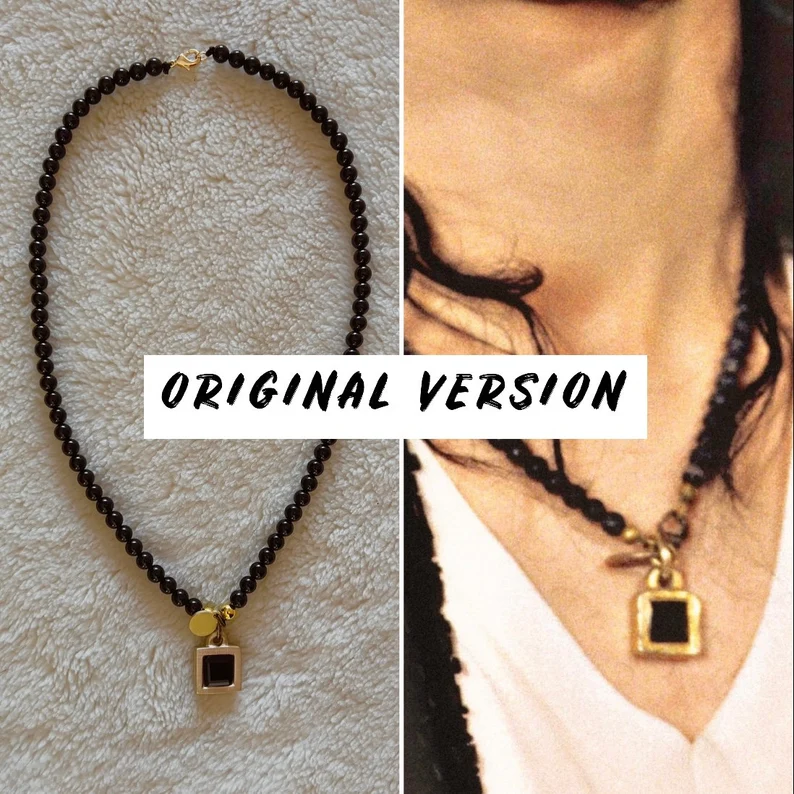A Glittering Journey Through Jewelry History
Introduction
The allure of jewelry has spanned millennia, transcending cultures and eras, and leaving a trail of captivating stories in its wake. Jewelry isn’t just adornment; it’s a reflection of human creativity, symbolism, and history. In this blog post, we embark on a journey through the annals of jewelry history, exploring the evolution of jewelry, its cultural significance, and the enduring fascination it holds for us today.

1. Ancient Origins of Jewelry
Jewelry’s history dates back thousands of years:
- Prehistoric Beginnings: The earliest jewelry consisted of simple beads and shells, worn as adornments and believed to possess protective qualities.
- Ancient Civilizations: The Egyptians, Greeks, Romans, and Mesopotamians crafted intricate jewelry, often with religious and symbolic significance.
2. Symbolism and Cultural Significance
Throughout history, jewelry has been more than just decorative:
- Symbol of Status: In many societies, jewelry symbolized wealth, power, and social standing.
- Religious and Spiritual: Jewelry played a role in religious rituals and was worn to invoke blessings and protection.
- Love and Romance: Engagement rings and wedding bands have long been symbols of love and commitment.
3. Renaissance and Revival Periods
The Renaissance period witnessed a resurgence of interest in jewelry:
- Renaissance Jewelry: Known for its elaborate designs and use of gemstones, Renaissance jewelry celebrated artistry and craftsmanship.
- Victorian Revival: The Victorian era saw a revival of sentimental jewelry, with pieces featuring locks of hair, miniature portraits, and hidden messages.
4. Art Deco and Modernism
The 20th century brought about innovative jewelry styles:
- Art Deco (1920s-1930s): Characterized by geometric shapes, bold colors, and the use of platinum, Art Deco jewelry reflected the spirit of the Roaring Twenties.
- Modernism: Contemporary jewelry embraces minimalism, unconventional materials, and abstract designs, pushing the boundaries of traditional jewelry.
5. Famous Jewelry Moments
Throughout history, certain jewelry pieces have become iconic:
- The Hope Diamond: With a legendary curse and a rich history, the Hope Diamond is one of the world’s most famous gemstones.
- The Crown Jewels: The British Crown Jewels, including the Koh-i-Noor diamond and the Imperial State Crown, hold immense historical significance.
6. The Contemporary Jewelry Landscape
Today, jewelry remains a dynamic and evolving art form:
- Designer Jewelry: Renowned designers create unique and innovative pieces, blending tradition with modern aesthetics.
- Sustainable Jewelry: There’s a growing emphasis on ethical and sustainable practices in jewelry production.
- Personalized Jewelry: Custom-made and personalized jewelry allows individuals to express their unique style and sentiments.
7. The Enduring Allure of Jewelry
Jewelry’s appeal endures through time:
- Emotional Connection: Jewelry is often cherished for its sentimental value, marking special moments in one’s life.
- Expression of Style: It’s a form of self-expression, allowing wearers to showcase their individuality.
- Investment: Some view jewelry as an investment, appreciating in value over time.
Conclusion: Jewelry’s Timeless Legacy
The history of jewelry is a testament to human creativity, cultural diversity, and the enduring allure of adornment. It’s a journey through time, revealing the evolution of design, symbolism, and craftsmanship. From ancient amulets to contemporary designer pieces, jewelry continues to captivate our hearts, connecting us to the rich tapestry of our shared history.
